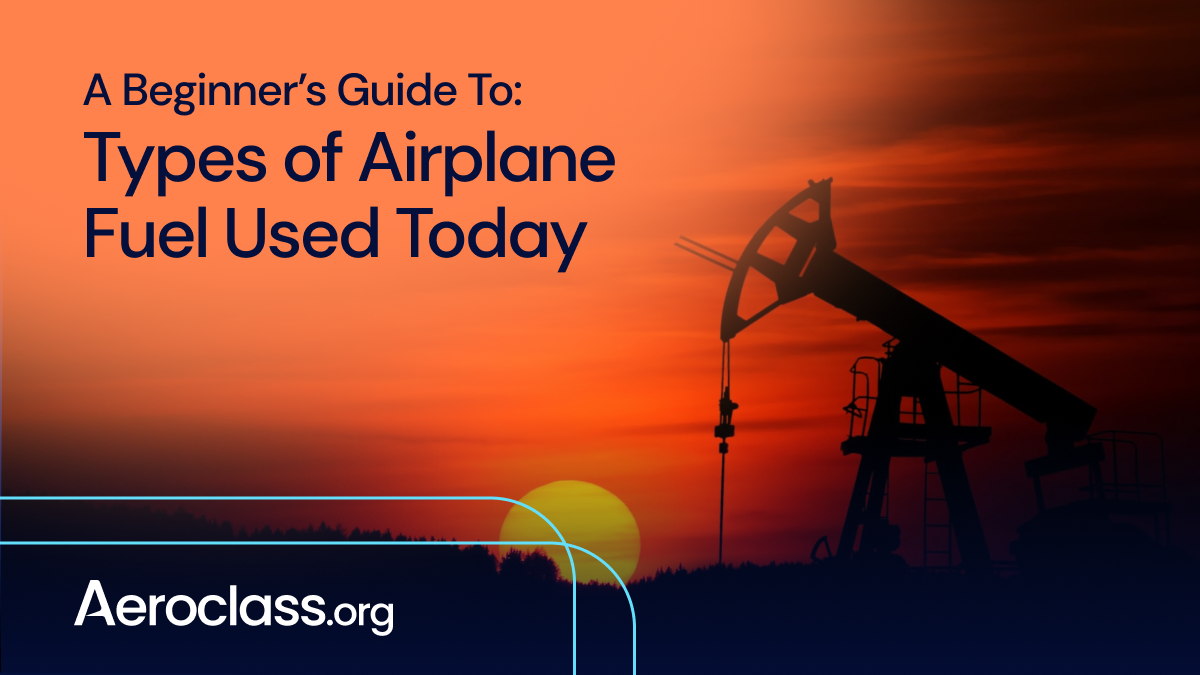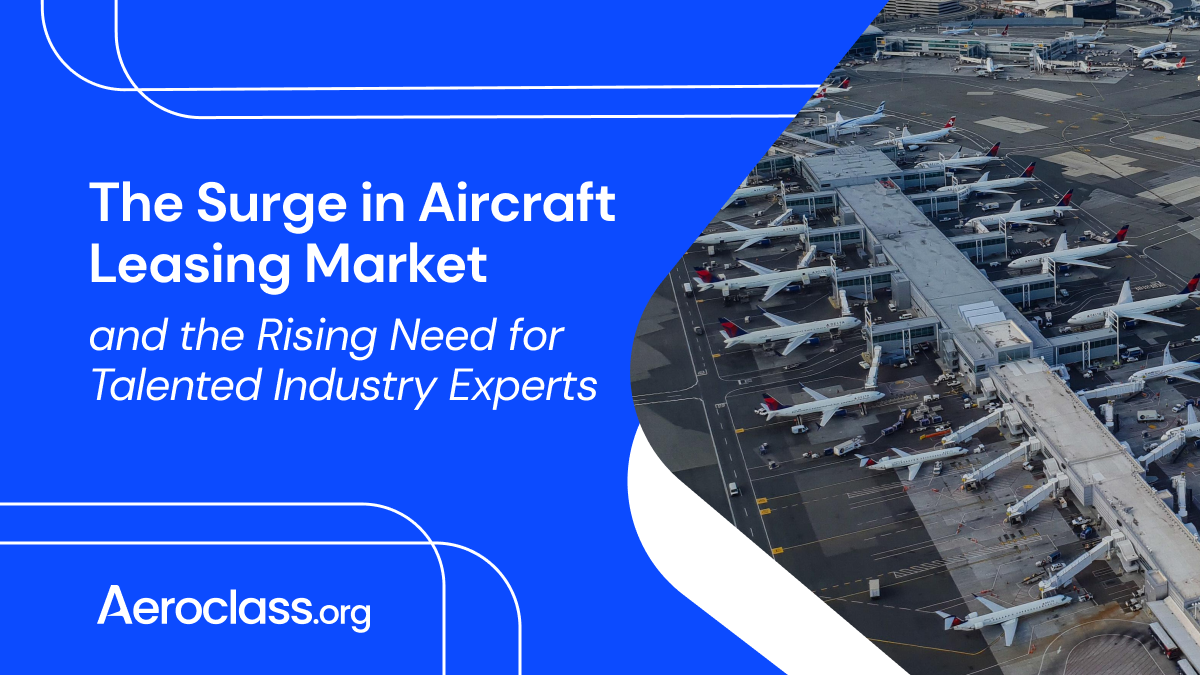Fuel is anything that is consumed to generate force by converting energy. The characteristics of petroleum and synthetic fuel blends and lubricating oil are combined to generate sufficient power for flight. Commercial aircraft require a tremendous amount of power to lift off the ground while carrying an excessive load of passengers and cargo.
Widebody jets such as the Boeing 777 have a maximum takeoff weight of 545,000 lb or 247,200 kg. The aircraft can cruise at an impressive speed of Mach 0.8, or 905 km/h, powered by the mighty GE-90 engines. The fuel utilized to rotate the heavy shafts of the compressor and turbine of the jet engine is Jet A1.
What types of aviation fuel are there?
The Jet A1 is only used to power airplanes or helicopters with turbine engines operating for military or commercial purposes. There are many types of aircraft that are designed for different types of operations. Each aircraft requires a level of performance according to operational requirements. Trainer aircraft and floatplanes are examples of light aircraft designed to carry less than 5670 kg. So, they do not require fuel that has similar characteristics to that of a large airliner cruising in cold temperatures at 35,000 feet. here are two major categories of aviation fuel used worldwide.
Aviation Gasoline
A common type of fuel used in general aviation aircraft engines. These airplanes are typically flown by flying clubs, flight training jets, and general aviation.
Jet Fuels
A variety of Kerosene-based types of aviation fuel are used in the commercial aviation market.
Aviation Gasoline
It is a type of fuel that is widely used in the general aviation industry. Aircraft with an MTOW of 5670 kg or less are more likely to use a piston engine for operations. AVGas is a widely used type of fuel in piston-engine aircraft. Applications of small piston-engine airplanes can be found in flight training, private flying, agricultural aircraft, and floatplanes.
AVGAS is the only aircraft fuel currently available that incorporates traces of tetraethyl lead. Tetraethyl lead prevents the engine from knocking or detonation, both of which can cause unexpected engine failures. It is, however, a dangerous substance for humans if inhaled or absorbed into the bloodstream.
AVGAS Types
AVGAS is a type of gasoline that is used for combustion in piston engines. In the aviation industry, two general types of AVGAS are used.
This type of AVGAS has high lead content. Another type of fuel used to create a more sustainable future for general aviation is AVGAS 100LL. This type of fuel is identified by its green color.
This type of fuel has a lower lead component and can be identified by its blue color.
Jet fuel is a kerosene-based fuel that is widely used in commercial aircraft with a turbine engines.
Jet Fuel Types
There are generally two types of jet fuel available on the market. Each type has different characteristics and can be used according to operational requirements.
Jet A1 is the most common type of jet fuel used in the commercial airline industry. It has a lower freezing point of just -47 C, making it the best choice for safe flight operations in all weather conditions. Jet A1 is made from kerosene and includes additives for enhancing performance and reliability. Static dissipater additives decrease the effect of static charges that are produced with the movement of aircraft.
Jet A is quite similar to Jet A1. The major difference is the comparatively high freezing point of 40 °C. Airlines use both fuels interchangeably, and Jet A is widely used in the United States.
Jet B is an alternative fuel type used in place of Jet A1, Jet A, and even AVGAS. Jet B has the unique characteristic of having an extremely low freezing point of -76C. This characteristic makes it useful for operations in extremely cold areas such as flights to Antarctica.
Jet A is kerosene-based, whereas Jet B is unleaded gasoline. Because Jet-A has a higher octane rating than Jet B, it will provide more power to the engine. It also contains a corrosion inhibitor, making it resistant to heat and water.
JP-8 is a type of military-based fuel that contains 30% kerosene and 70% gasoline and has a freeze point of -60 °C, making it vital in exceptionally cold countries such as Canada and Alaska. Moreover, because of its hazardously combustible kerosene-gasoline blends, it is rarely used. JP-8 is a military aviation fuel that is primarily used by NATO and the United States military.
This aircraft fuel is comparable to Jet A1, but JP-8 contains additional anti-icing and corrosion inhibitor additives to accommodate the logistical and operational discrepancies among military and commercial airplanes.
Russia and the commonwealth countries rely heavily on this type of aviation fuel to operate their jets. The TS-1 has a minimal freeze point of -50° C, making it vital for flight in such cold conditions. Furthermore, the TS-1 flash point is 28°C, indicating high uncertainty during combustion.
JP-5 is a kerosene-based jet fuel that is widely used in military aircraft. This fuel is made up of a special blend of hydrocarbons, including naphthene and alkanes. JP-5 has a higher flash point of 60° C as a result of this mixture, enabling it to avoid the fire risk associated with aircraft carrier transportation.
What is the difference between jet fuel and aviation gasoline?
Jet fuel, a kerosene-based fuel, condenses out of crude oil at 180 °C, whereas AVGAS condenses out at 110 °C. Major differences and further types of aviation fuel are explained below.
Why do jet engines and piston engines use different types of fuel?
Jet fuel has more specific energy than is required to generate enough power to lift off and cruise, carrying heavy loads at higher altitudes. While AVGAS is used in piston-powered aircraft that are meant to fly at lower altitudes with fewer than 9 passengers or equivalent cargo.
Commercial jet fuel has lesser freezing temperatures since commercial jetliners fly at higher altitudes and are frequently exposed to extremely low temperatures. If the airplane fuel has a high freezing point, it may freeze in tanks and manifolds, rendering the engines inoperable. Refined Kerosene based fuel is highly flammable, and because it burns better than diesel, it is the most popular choice among all fuel types.
When it comes to gasoline, it is sufficiently flammable, but it is consumed quickly in heavy engines. Jetfuel maintains low viscosity, making it the top choice for the airline industry due to enhanced safety.
Aviation Fuel Future
The future of the industry is more focused on safety and sustainability. Jet engines are the most efficient and reliable power plants for commercial airplanes. Turbine engines are internal combustion engines that convert heat energy into a mechanical rotating force that is used to drive compressors using turbines.
The high rotation of fan blades produces more thrust, thus pushing the aircraft in a forward direction at higher speeds. Jet A1, Jet A, Jet B, and AVGAS airplane fuels constitute fossil fuels. The burning of such aviation fuel types of aviation fuels produces toxic gases and particles that contaminate the environment. The aviation industry contributes less than 2% of the global greenhouse gas emissions.
However, being a responsible industry, researchers, regulators, operators, and stakeholders are always focused on a sustainable future. As compressed natural gas (CNG) and liquefied natural gas (LNG) possess limited specific energy, they are unsuitable for use in aircraft. To reduce the impact of global climate change, a few sustainable alternatives are being prepared for commercial applications.
Sustainable Aviation Fuel
Sustainable aviation fuel SAF is a type of right aviation fuel that is developed from sustainable sources such as plants and feedstocks instead of toxic fossil fuels. Sustainable Aviation Fuel will ensure 80% fewer carbon emissions than standard Jet A1 fuel. If such a fuel is successfully commercialized, it is expected to create a sustainable way of empowering commercial air transportation by 2050.
In 2019, 50 million liters of SAFs were used in air travel, making up only 0.01 percent of total aviation fuel, implying that the industry fell short of a 2010 goal of reaching a 6% usage rate by 2020. SAF blending regulations have been established in a number of European countries.
For example, the Netherlands has stated that 14 percent of its aviation fuel must be sustainable by 2030. The primary reason these fuels are currently used infrequently is that they are both expensive and scarce.
Hydrogen Fuel
Hydrogen is a clean fuel that yields only water when burned in a fuel cell. Hydrogen can be generated from various locally available resources, including natural gas, nuclear energy, biofuels, and renewable energies such as wind and solar power. These characteristics make it an appealing energy alternative for transport and power generation applications.
Hydrogen Fuel Cell in Commercial Aviation
Hydrogen is three times the specific energy-per-unit mass of traditional jet fuel. It generates no CO2 emissions when generated from green sources via electrolysis, allowing renewable energy to feasibly power commercial airliners over great distances even without the unwanted by-product of CO2 emissions.
Even though hydrogen has a reduced volumetric energy density than jet fuel, the aesthetic qualities of future airplanes will most likely change to accommodate hydrogen storage systems that will be larger than current airplane fuel suitable reservoirs.






